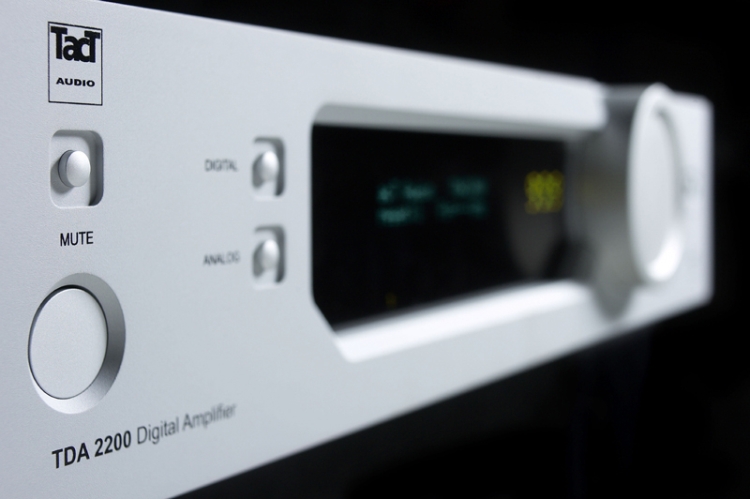
So-called “digital” amps aren’t digital at all
Bang and Olufsen had this module that sounded amazing. Soon thereafter Jeff Rowland more or less started the hype with their beautiful miniature model 201 monoblocks that had these so-called ICE-Power modules inside and soon thereafter PS Audio solidified the trend with a proprietary amp. But of course, there were others who made class D amps before Rowland did, like Tact, now Lyngdorf Audio and Sharp. The Tact products were beautiful but somehow never reached a big market and remained broadly invisible to the larger public for a long time. And there were do-it-yourself kits a long time before that. Most people know that class D is more efficient than class A or even class A/B and has huge power reserves while remaining cool to the touch. There are now class D amps from B&O (Jeff Rowland), Hypex, PS Audio, Tact (now Lyngdorf Audio) Bel Canto and many others. Class D amplifiers are now even incorporated in home cinema receivers.
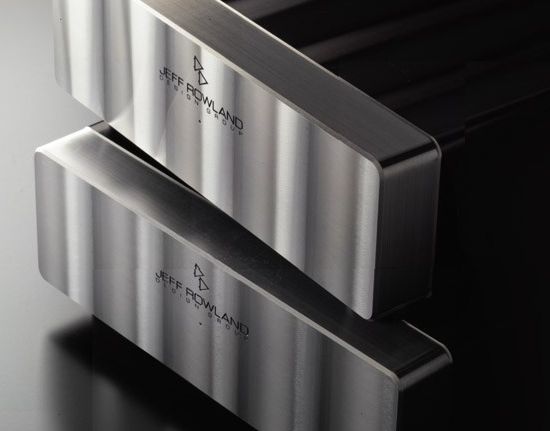
Above: Jeff Rowland Model 201
Class D or Class T
According to Wikipedia, “A Class T amplifier is an audio amplifier IC design. Rather than being a separate “class” of amplifier, Class T is a registered trademark for Tripath’s amplifier technologies. The control signals in Class T amplifiers may be computed using digital signal processing or fully analog techniques.” The page then goes into detail but I’ll not quote all that here. So, it seems that most switching amps are class D, some are erroneously called class T and some really are class T.
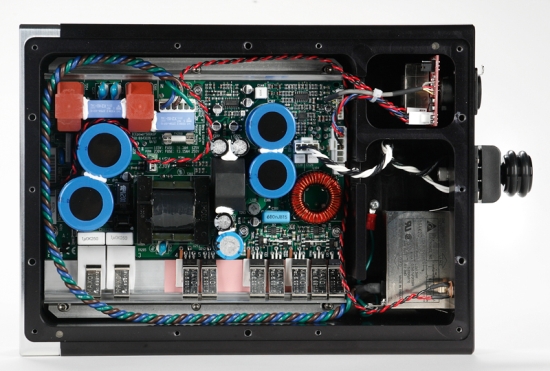
Above: Jeff Rowland Model 201 inside
But what about the working principle behind it?
There are good reasons why you could call class D amplifiers analog and not digital.
A device delivering power to a speaker is by definition analog. The analog input signal is modulated but is not digital. There are no A-D and D-A converters. Analog in, analog out, analog. Isn’t it?
Class D amps are called switching amps because they’re either completely on or off. There’s no in-between. The output is switched at a very high frequency, modulated to the music. A class D amp delivers either all of the current available from its power supply, or none. The voltage doesn’t change, but the period for which it is on, does. The longer a pulse, the louder its equivalent volume in the resulting music. This is called Pulse Width Modulation, which is also used in digital. Which explains why you could mistakenly call Class D amplifiers digital. Class D can also use Sigma/Delta modulation, but I’ll let that pass for now. In Class D the music signal is modulated on a very high carrier frequency that can be easily filtered out, together with the necessary smoothing of the chopped signal to recreate a nice gentle waveform.
This method is very different from regular class A/B, where there is (explained in simplified form) a power transistor that is fed by a low voltage signal on one leg, a huge power reserve on the second leg and the speaker on the third leg. The input signal is merely amplified. The transistor is continually varying its output voltage.
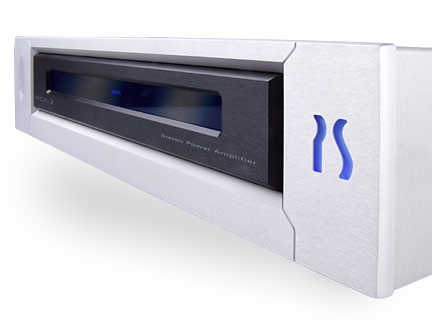
Above: PS Audio HCA-2
Of course, there are exceptions to the rule. Sharp for example has made an integrated amplifier that has digital inputs, and digital volume control and Tact, now Lyngdorf Audio, also has a completely digital amplifier, although the speakers are fed an analog signal of course. Lastly, the B&O modules are also available with digital inputs. But these still operate in an analog fashion.
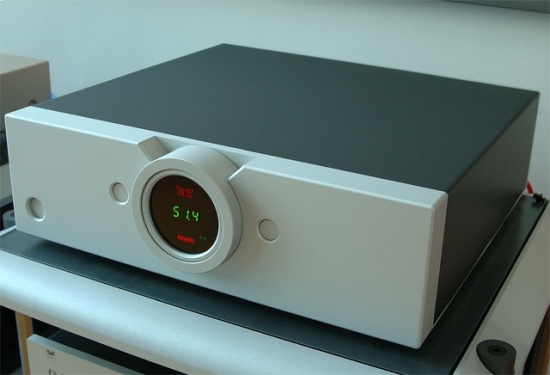
Above: TacT Audio Millennium mk3

Above: TacT TDA2200
Efficiency
Here are some indications regarding efficiency. The numbers are mere indicative, not absolute, but you’ll get the picture.
Class A = 25% efficient.
Class AB = 50% efficient
Class D = above 90% efficient
Class A always consumes the same amount of power and to output 40 watts into a hungry speaker, it would consume about 100 watts from the mains. Because class D draws less current from the mains, a much smaller transformer can be used and a lot less heat is produced.
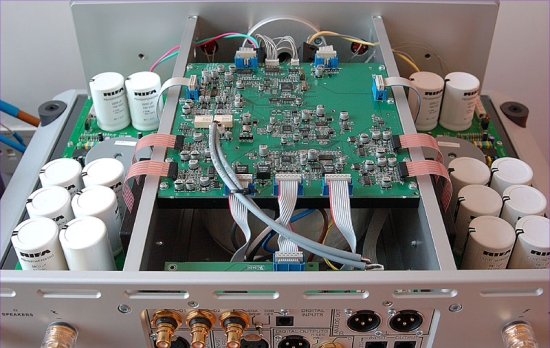
TacT Audio Millennium mk3 inside
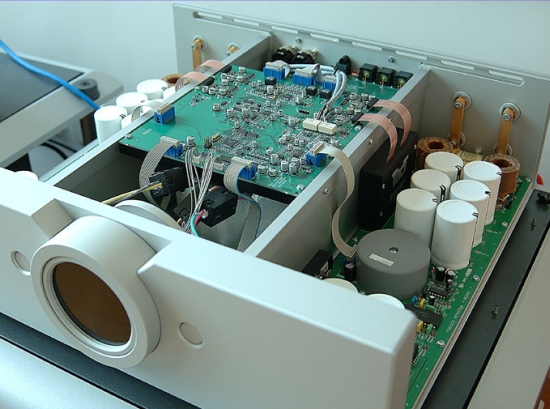
Sound Quality
The class D amps I’ve heard so far (Jeff Rowland 201, 501 and Hypex, and some other brands) sound less powerful than the rating suggests and they can lack bass, compared to many class AB amps. The bass sure is tight, deep and fast but lacks some meat on the bones. It is simply not as gutsy and has less slam than regular big transistor amps. It is the nature of Class D to sound very open, agile, fast and well-detailed and at the same time they can sound very smooth, with no apparent grain at all. The good news is that class D can much easier accomplish very good sound at low cost than class AB. For me, regular transistor amps are still the way to go but it looks like Class D will have a bright future. Maybe our governments will even go as far as to forbid production of power-hungry amplifiers. If and when that happens, I hope that manufacturers have found a way to make Class D sound more meaty and gutsy. Bryston power from a package smaller than a pack of cigarettes. Wouldn’t that be great?
Update 7 December 2009 – Audio Physic Mono power amps
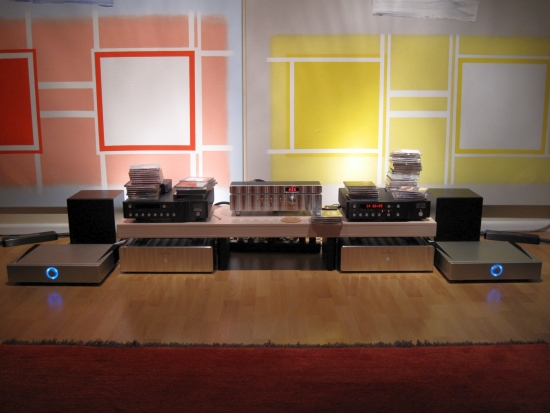
The other day I listened to the Audio Physic Mono digital poweramps. Well, digital, they’re Class ND switching amps, which is a technique I know little about so whether they are in fact digital I will leave in the middle… The point is: these amps do not have the lean sound that I heard in the other switching amps. The Audio Physics sound, well, physical. They have a full color pallete, with great bass on par with my Rowlands. Also detailing is pretty good and they even have a warm and inviting character. The only things missing are the refined subtlety and air in the treble that the Rowlands are capable of. But I wanted to mention this nevertheless, since one or my greatest beefs with switching amps seems to have been overcome. Admittedly by amps made in 2004 that were 15000 euro the time. We may see more developments here and probably ultimately the demise of class A/B. Which is fine by me, as long as the resultant amps equal or maybe even better traditional designs.
Update 2011
In 2011 I conducted a comparison of 3 class D amplifiers and 1 class T amp.
Read the review here
Conclusion
There’s nothing to conclude just yet I’m afraid… switching amplifier technology is still very much being refined every day. So far I still tend to favour class A/B but I am leaning over ever more to the new world. I have no doubt that pretty soon the debate over the classes will be reduced to a discussion over taste, not absolute quality.
Update December 2017
Now having heard the NuPrime ST-10 and MolaMola Kaluga class D amplifiers (reviewed here briefly as part of another review), I must conclude that the future is here now. No longer does Class D have to stand in the shade of Class A or A/B designs. Sure, the delivery is different than the stereotypical class-A or class-A/B amp, but pure, dynamic, refined and since hearing the aforementioned designs, now also timbrally convincing (especially the NuPrime) and with superb resolution and treble performance (Mola-Mola).
Read Also
Wadia 151 compared to Jeff Rowland 102, Trends TA_10.2 and OEM ICE module
Wadia 151 inside pics
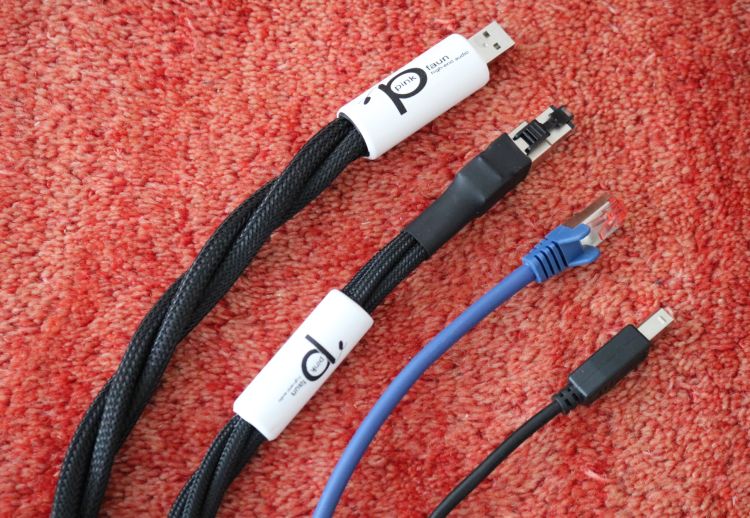
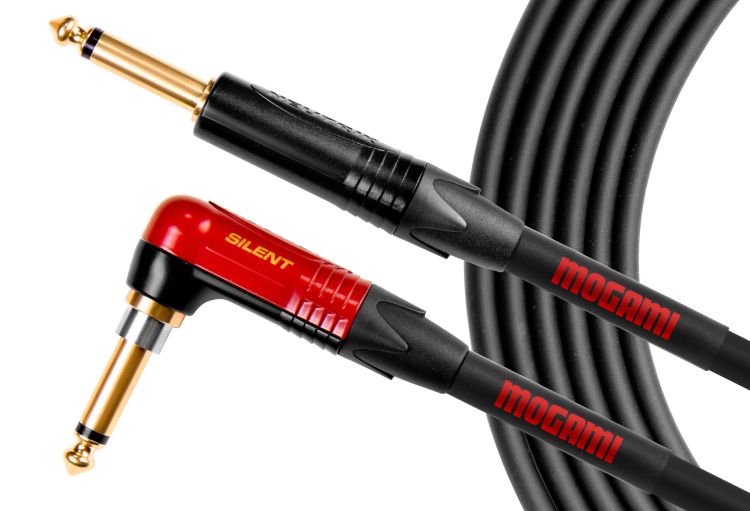
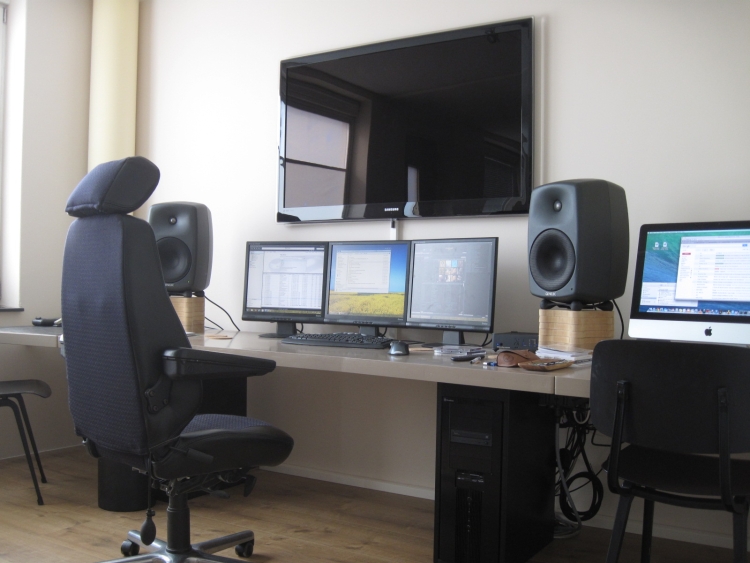

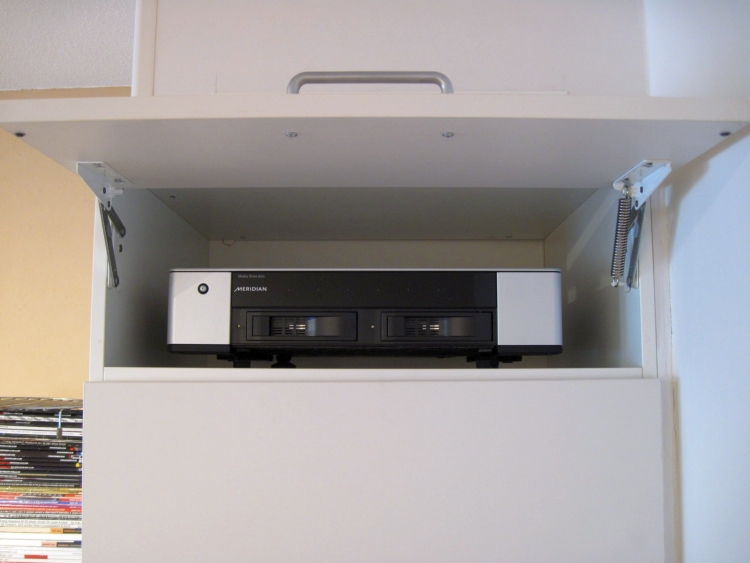
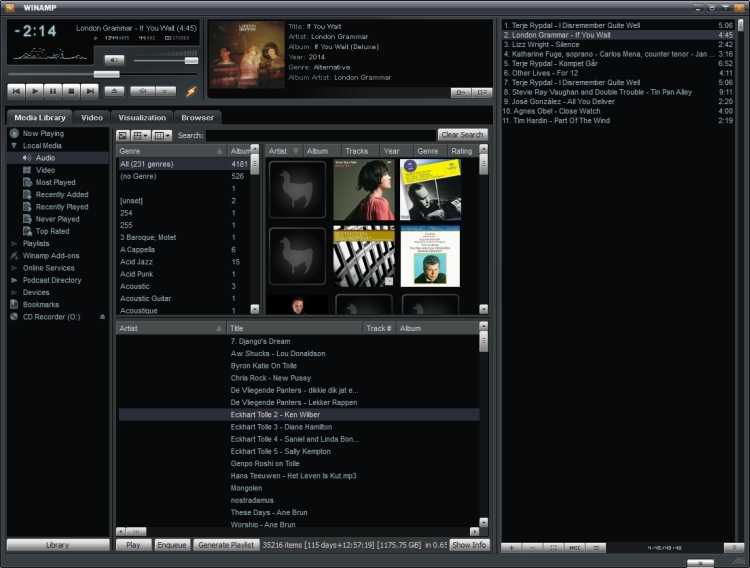
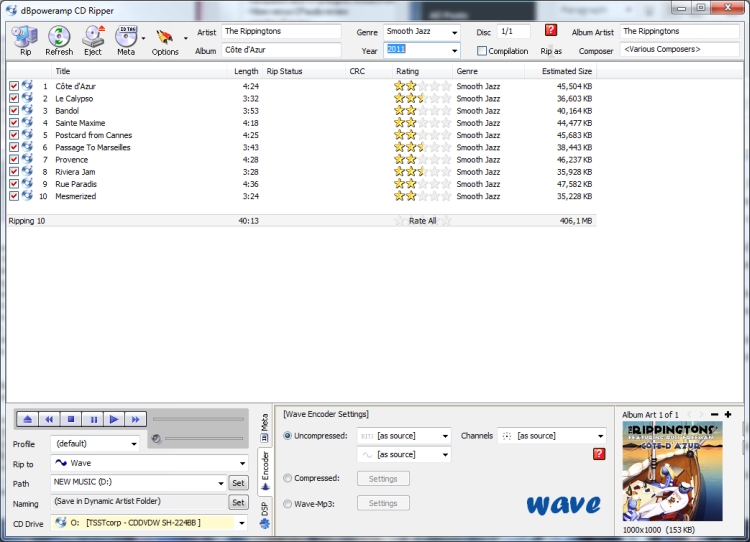
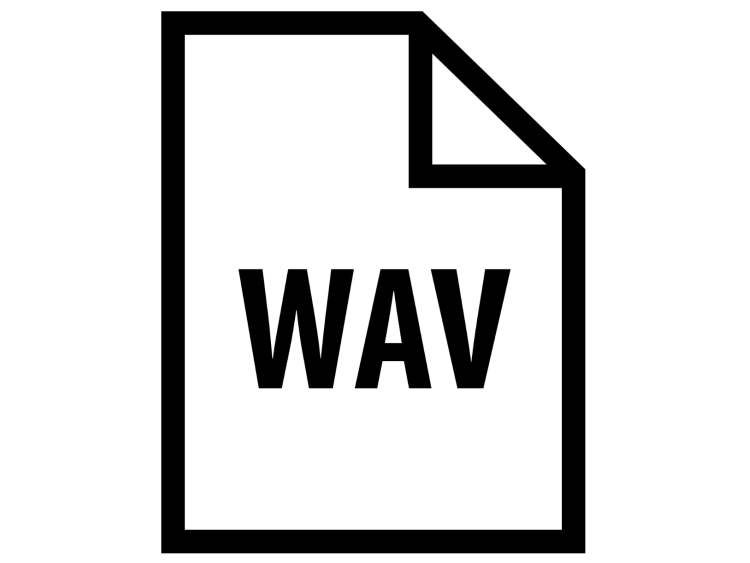
Witness the Lyndgorf TDAI-3400 and its precursor the TDAI-2170. I’d say the future is here…
Redjoejazz472005@yahoo.com
I have a class D amp, 150 watts each channel into 8 ohms. What’s lacking is the beef/ slam in the bass, otherwise the overall sound is tight and clear-clean., matching preamp also. I currently switch back to my adcom Gfa555 power amp but use the preamp of the matching class d set.
I fully understand what you’re saying and I have often felt the same way. However, over time, my opinion on the matter, and my respect for Class-D, has changed. Granted, Class-D’s tightness can give the impression of having little bass or indeed lacking slam or body. But over the years, the better and more transparent my system got, the more I started to notice how subjectively nice-sounding “big balls bass” is often slower, rounder and thicker than it should be. Now, there’s nothing wrong with that of course, you should use whichever makes you happy and/or gives you the illusion of realism. Big old Krells, Any Bryston and, to some extent, even Soulution amps fall into this camp. CH Precision, however, sounds much more like typical Class-D in the bass (not in the midrange of treble, fortunately) which further substantiates my feeling that Class-D bass is likely much closer to perfection than it may lead one to believe. The thing is that often our systems are tuned to preceding components, complete with all their pluses and minuses. When dropping a much cleaner-sounding amp in such a system, the balance is off. This requires a re-thinking of the associated components, the cabling and the placement of the setup. In conclusion, I’m not saying that Class-D is perfect, it really is not. But I do think that typical Class-D bass is likely closer to the truth than what many Class A or Class A/B amps can achieve. Then, of course, not everyone wants the truth and it remains a personal matter:-)
I bought one of these cheap Lepai class T amps for a desktop speaker system for my PC. Hooked to a pair of Polk T15 book shelf speakers. The amp produces pleasing sound but certainly leaves a lot of questions about how good of quality the design is even though there is no doubt it’s really an efficient design. I think it’s better suited to a multi channel multi media system than a musically oriented system.
Change the audio cables. I have a similar setup on my computer with Lepay and Onkyo D-N10BX speakers and after changing the cables to professional 10 AWG cables and using shielded cable for the input, the sound quality improved a lot and I personally think it sounds as good as a class AB amplifier.